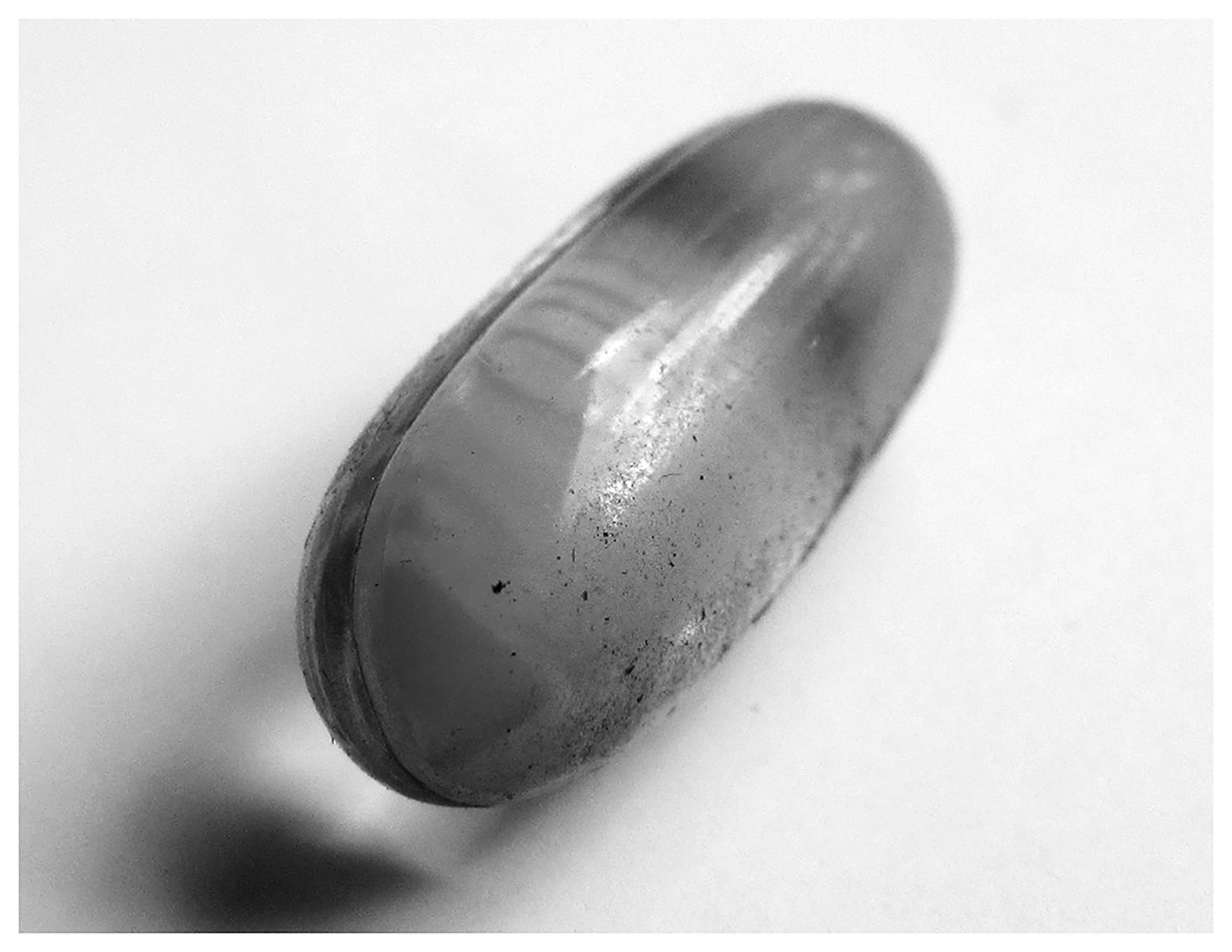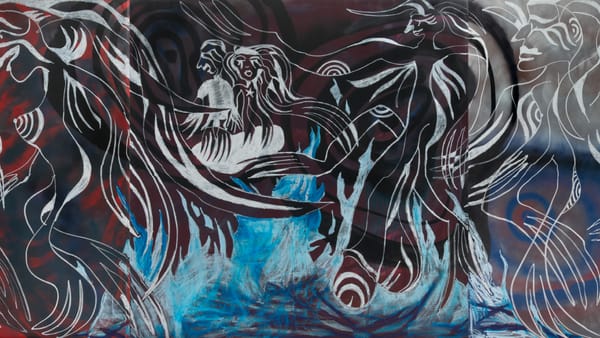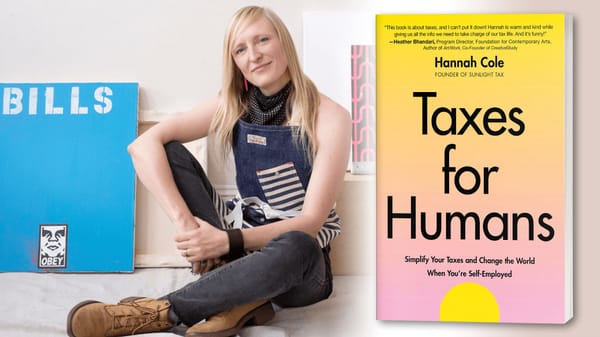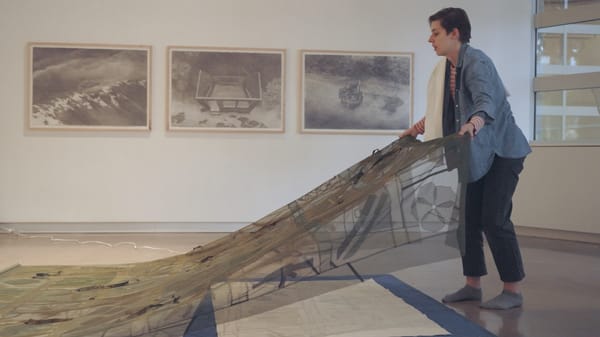Cuban Cultural Policy May Be Comprehensive But Lacks Quality
How erroneous assumptions about Cuba can skew our understanding of the country’s cultural centers.
In Nato Green’s opinion piece “How the Contradictions of Socialism Make Cuban Art Great,” he made several erroneous assumptions about my country’s cultural centers — probably based on limited information provided by cultural officials or government approved tour guides. In order to understand how those cultural centers function, one needs to look at how they came into being.
1976 is a key year for understanding the development of the Cuban revolution’s cultural policy and its functioning up to the present day.
The division between the political and the administrative functions of government was changed. Cuba went from having six provinces to 14. In 1975 the first Communist Party Congress took place, and the ground rules were set for its functioning and the assignment of tasks to the new militants. The structure of governance changed: In addition to the national leadership of the Cuban Communist Party (PCC), each of the 14 provinces was assigned a party secretary, and each municipality also gained a party secretary. (Havana, for example, has 15 municipalities.) In addition, each work center also acquired a general secretary of the PCC. Private businesses were abolished in 1968.

Soon after, a Ministry of Education and Culture and within this a National Council of Culture was created to manage cultural policy. Between 1971 and 1976 there was what is called the "quinquenio gris" (the gray five years), one of the most infamous periods of censorship. In 1976, the Ministry of Culture was established. It was believed that the creation of a ministry exclusively devoted to culture and the establishment of a university for art education would temper the excesses that occurred in those five years.
In addition to the Ministry of Culture, complementary institutions were set up at the municipal level. One of these was the Casas de Cultura (Cultural Centers). These establishments were supposed to promote local cultural activities, and support professional and amateur artists. In them, visual arts exhibitions are held, and dance, theater, or literature workshops are given depending on the availability of teachers.
This initiative looks very positive in the abstract, but reality has not been as beautiful and over time the situation has worsened.
The claim of having a cultural center for every municipality in the country foregrounds one of the typical problems of real socialism in Cuba: Widespread presence is not in and of itself an indicator of quality. All energies have been focused on maintaining of the cultural centers, not on ensuring the quality of their operations. Sometimes they are located in buildings that do not offer adequate conditions for work. The budget allocated to them by the state is pitifully small and the leadership at each center exercises absolute control over the content of work produced, making it impossible to create anything that challenges official discourses of the state. For example, the multidisciplinary arts collective Omni Zona Franca, which had a studio at the Alamar Cultural Center, was evicted in 2011 for political reasons after having been there since 1997 and they were denied the right to appeal. The Cuban Communist Party decides who will be in charge of the cultural centers; the party often assigns a trusted party militant as director, even if he/she knows nothing about art.

It is the policy of the Cuban government to boast to the world that it has hundreds of cultural centers available to artists, but their poor functioning is never touched on. Over the years these spaces have become repugnant to artists and are occupied for the most part by those who have no better option. The cultural centers in Cuba are a triumphalist political project that has sacrificed the quality of art, its teaching and circulation, equating pervasive presence with qualitative gain in order to appear to be a broad-based social justice venture.
In this same environment, conventional art education is a space of privilege that the revolution did not manage to modify. People who study art have access to that education for free, but if we take into account the resources that must be invested in private preparatory classes, in materials, and the required social service work performed afterwards, it becomes clear that art education is as much a privilege here as anywhere else. Perhaps in the 80's this was less of an issue because Soviet subsidy at the time generated a higher standard of living for the majority population, but life in Cuba since the Special Period of the 1990s has become more expensive with each passing day and cultural consumption is now a luxury that is unattainable by the majority. The minimum wage for a Cuban worker is 2100 pesos per month which is about $84 in US currency.
The Cuban revolution wanted to extend access to culture, but its efforts have been halfhearted and the result has been disastrous, because it never took into account that the world changed.





